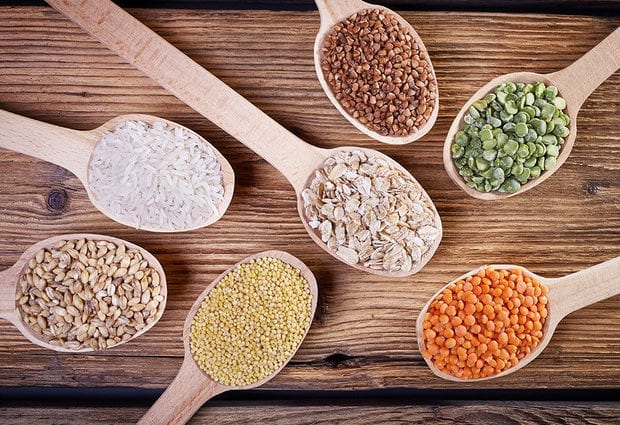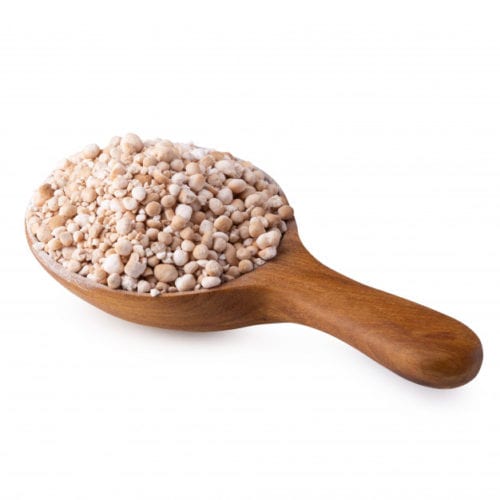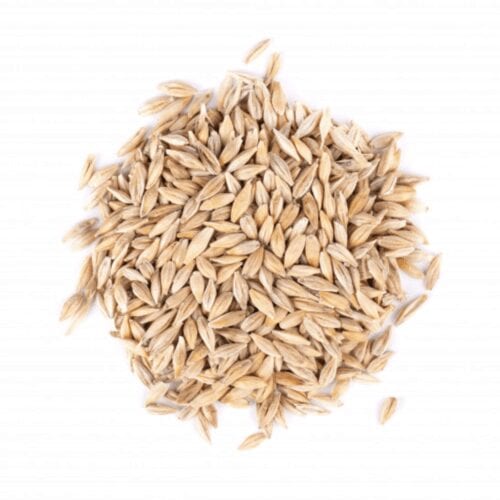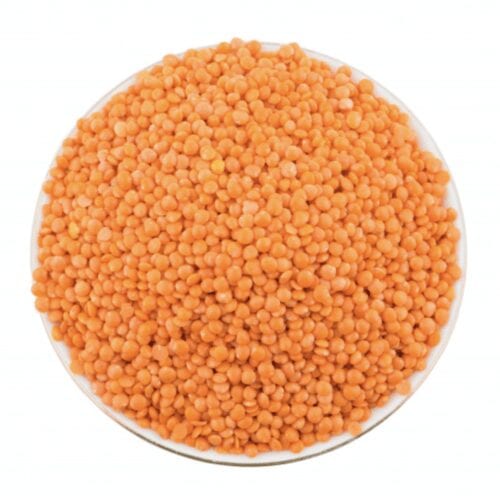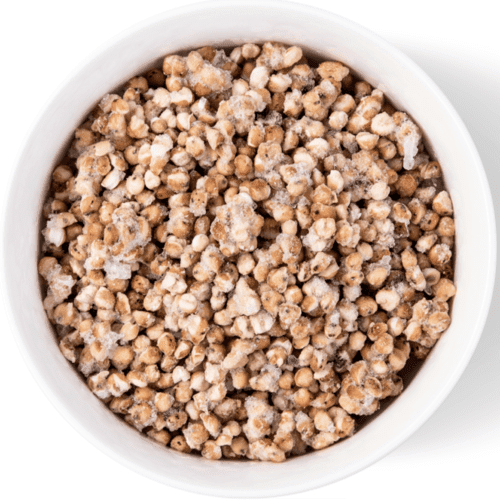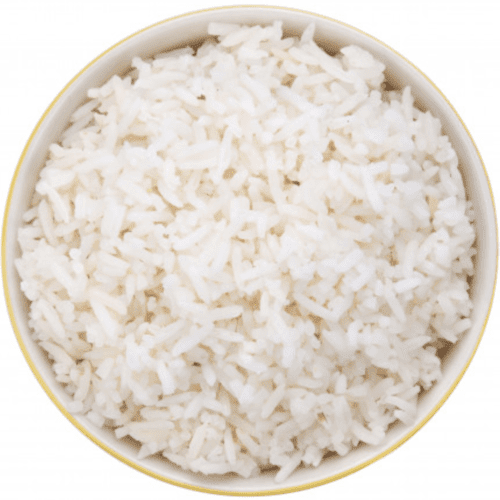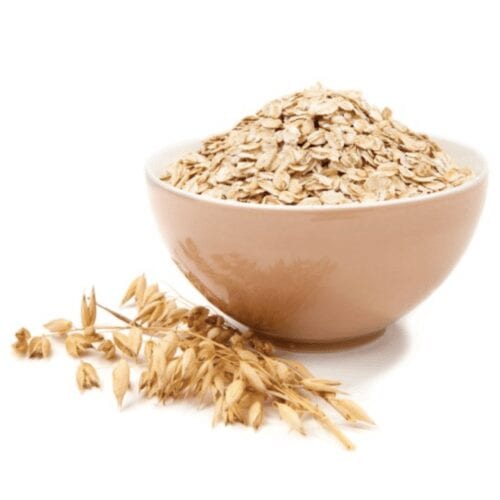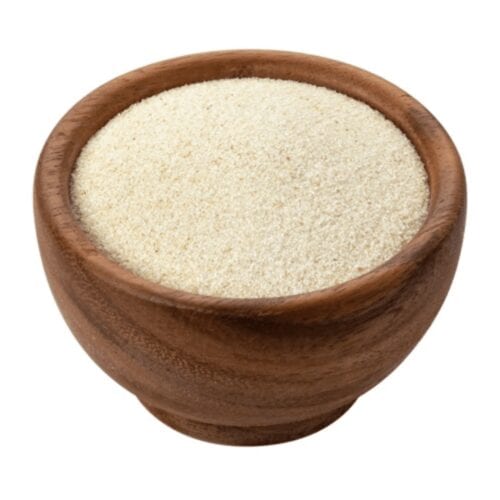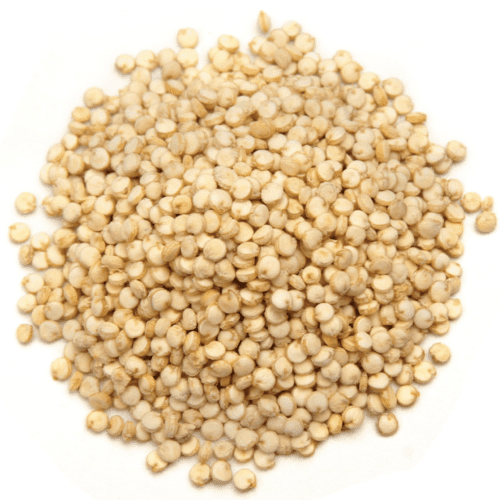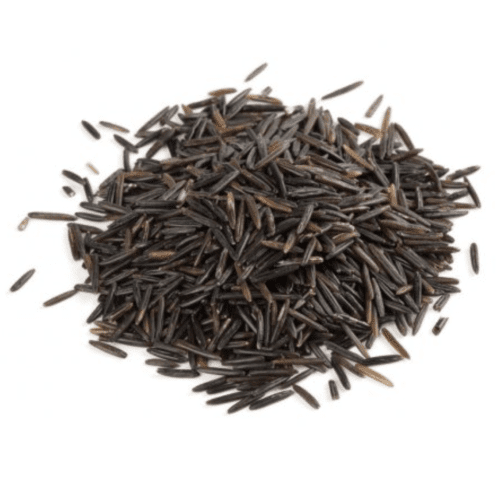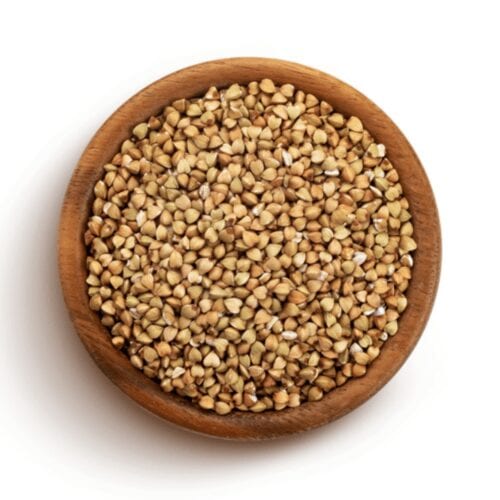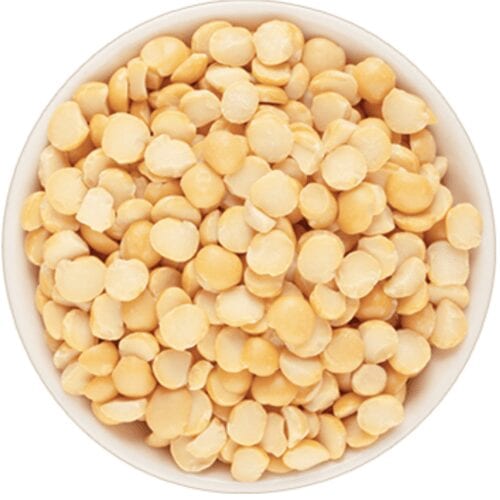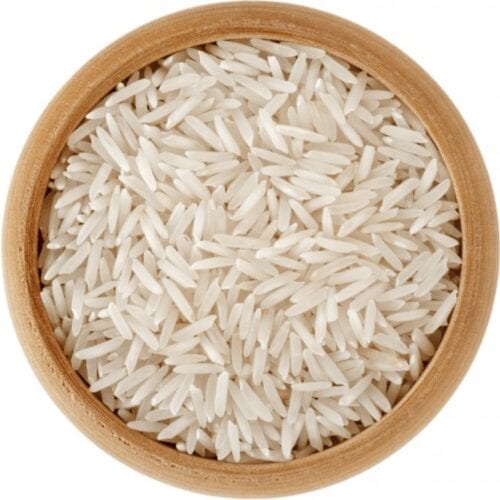List of Cereals
Cereals Articles
About Cereals

Grains charge our body with carbohydrates, proteins, minerals, vitamins, plant fibers, or fiber.
In its composition, cereals contain a whole complex of micro-and macroelements responsible for the normal functioning of the whole organism. They not only satisfy hunger and give us energy but also help the very process of assimilating food.
The benefits of cereals
The most common cereals are millet, oatmeal, buckwheat, rice. Most often, hearty porridges are prepared from them, added to soups, casseroles, and cutlets.
Cereals contain the whole complex of vitamins (A, C, B, E), minerals (phosphorus, potassium, zinc), and so-called ballast substances that help cleanse the intestines of and toxins.
For example, millet is rich in easily digestible carbohydrates and proteins, but at the same time, it is low in calories. Reduces blood cholesterol levels improves immunity and normalizes metabolism. Semolina is especially useful for the lower intestine: it cleans it of mucus, toxins, and toxins.
Barley groats contain many fiber, natural antioxidants, enzymes, vitamins A, PP, E, and D, and a whole range of minerals (magnesium, phosphorus, cobalt, zinc, manganese, iron, molybdenum, iodine, bromine, nickel). Increases immunity has a beneficial effect on the nervous, musculoskeletal, and circulatory systems.
Oatmeal is rich in soluble fiber, amino acids, essential oils, vitamins of groups B, E, and K. Groats strengthen all body tissues, improve brain function, relieve fatigue and stress, and cleanse the blood cholesterol.
Harm of cereals
Cereals contain starch, and a child under 2 years old does not have special enzymes that process it, so cereals are not suitable for feeding babies.
Also, in cereals, acid-forming substances can acidify the body and lead to acidosis (a shift in the acid-base balance of the body). Therefore, it is recommended to alternate porridge with vegetables.
There is no calcium in cereals. If you eat some cereals for a long time, then problems with joints, teeth, nails, hair may arise—the first signs of calcium deficiency: nausea, vomiting, irritability, and fatigue.
How to choose the right cereal
When choosing one or another cereal, study its appearance. The color must match its standard. If it is rice, then good grains are white, millet is yellow, and so on.
In a quality product, you will not see foreign impurities, litter, or mold, as well as crushed and broken grains. Also, cereals do not have pronounced odors (except for buckwheat), so pay attention that the cereal’s aroma remains neutral. If you feel an extraneous “odor,” – chemicals have been added, or the product is spoiled.
Do not forget to look at the production date and expiration date of the cereal and check the packaging’s tightness.










